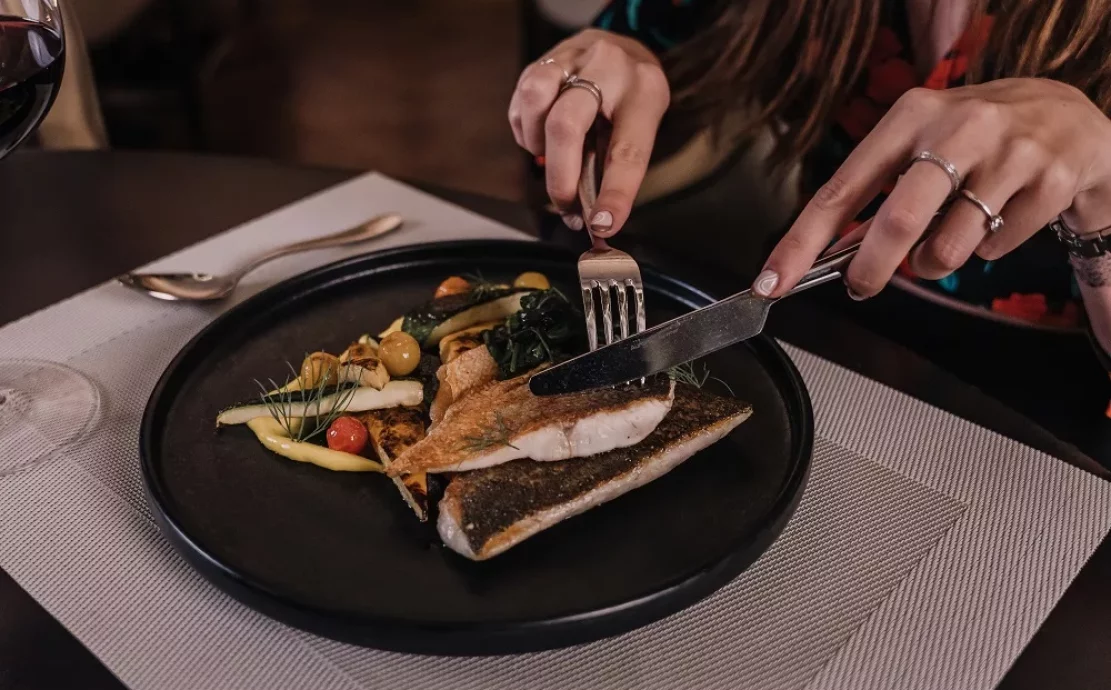In the culinary world, the presentation of a dish is almost as important as its taste. For kitchen professionals, mastering the art of how to slice en crote dishes is essential. En crote, a French term meaning 'in a crust,' refers to dishes where food is wrapped in pastry and baked. This technique not only enhances flavor but also adds a dramatic flair to the presentation. The challenge lies in slicing these dishes perfectly to reveal their beautiful contents without compromising their structure.
Whether you're preparing a classic Beef Wellington or a festive Salmon en Crote, the way you slice these dishes can make or break their presentation. Let's delve into the techniques and tips that will help you achieve perfect slices every time.

Understanding En Crote Dishes
En crote dishes are diverse, encompassing a variety of proteins and vegetables encased in pastry. The most famous example is the Beef Wellington, but the technique can be applied to fish, poultry, and even vegetarian options. The key to a successful en crote dish lies in the balance between the filling and the pastry, ensuring neither is too dominant.
Before you can slice en crote dishes effectively, it's important to understand the components involved. The filling, whether it's a succulent piece of beef or a delicate fillet of salmon, must be cooked to perfection. The pastry should be golden brown and crisp, providing a satisfying contrast to the tender filling.
Preparing to Slice
Preparation is key when it comes to slicing en crote dishes. First and foremost, ensure that your dish has rested adequately after baking. This allows the juices to redistribute, preventing them from spilling out when sliced. Resting also helps the pastry firm up, making it easier to cut through.
Choosing the right knife is crucial. A sharp, serrated knife is ideal for cutting through the flaky pastry without crushing it. You can learn more about knife care to maintain your tools in top condition. Ensure your knife is clean and dry to avoid transferring any unwanted flavors or moisture to the dish.
The Slicing Technique
When it comes time to slice, precision is key. Begin by marking where you intend to cut, using gentle pressure to avoid breaking the pastry. It's often helpful to use a ruler or straight edge as a guide, ensuring uniform slices.
With your knife in hand, use a gentle sawing motion to cut through the pastry. Avoid pressing down too hard, as this can crush the layers and cause the filling to spill out. Take your time, allowing the serrated edge to do the work. For more tips on knife handling, check out our article on knife etiquette.
Dealing with Different Fillings
The type of filling in your en crote dish may require slight adjustments in your slicing technique. For example, dishes with a softer filling, like a creamy mushroom duxelles, demand extra care to prevent the filling from oozing out. In such cases, a finer, thinner slice is often preferable.
For dishes with firmer fillings, such as beef or salmon, you can afford to make slightly thicker slices. The key is to maintain the integrity of both the filling and the crust. You can explore more about handling different types of meats at game meat knife etiquette.
Plating and Presentation
Once you've mastered how to slice en crote dishes, the next step is to focus on plating. Arrange your slices neatly on a platter, showcasing the layers of filling and pastry. Consider garnishing with fresh herbs or a drizzle of sauce to enhance the visual appeal.
Presentation is not just about aesthetics; it's also about balancing flavors. Ensure each slice contains an equal proportion of filling and pastry. This not only looks appealing but also ensures a balanced taste with every bite. For more on dining etiquette, visit Gentleman's Gazette.
Common Mistakes to Avoid
Even experienced chefs can encounter challenges when slicing en crote dishes. One common mistake is cutting too soon, before the dish has rested. This can result in a soggy crust and a messy presentation. Another mistake is using the wrong type of knife, which can crush the pastry and ruin the dish's appearance.
By avoiding these pitfalls and practicing your technique, you can achieve perfect slices that do justice to your culinary creations. Learn more about steak knife etiquette to refine your skills further.

Conclusion
Mastering the art of how to slice en crote dishes is a valuable skill for any kitchen professional. By understanding the components, preparing adequately, and using the right techniques, you can present these dishes with confidence and flair. Remember, practice makes perfect, and each dish presents an opportunity to refine your skills.
Frequently Asked Questions
Q: How long should I let an en crote dish rest before slicing?
A: It's recommended to let the dish rest for at least 10-15 minutes to allow the juices to redistribute and the pastry to firm up.
Q: Can I reheat an en crote dish after slicing?
A: Yes, but it's best to reheat gently in an oven to maintain the pastry's crispness. Avoid microwaving, as this can make the pastry soggy.
Q: What should I do if my pastry falls apart while slicing?
A: If the pastry crumbles, you can use a spatula to help maintain the shape while plating. Practice and the right tools will improve your slicing technique over time.
This article contains affiliate links. We may earn a commission at no extra cost to you.


























